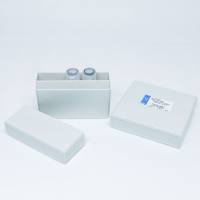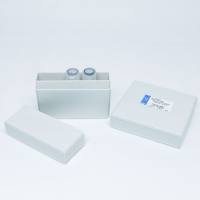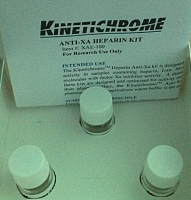Microarray Temperature Optimization Using Hybridization Kinetics
互联网
529
In any microarray hybridization experiment, there are contributions at each probe spot due to the match and numerous mismatch target species (i.e., cross-hybridizations). One goal of temperature optimization is to minimize the contribution of mismatch species; however, achieving this goal may come at the expense of obtaining equilibrium reaction conditions. We employ two-component thermodynamic and kinetic models to study the trade-offs involved in temperature optimization. These models show that the maximum selectivity is achieved at equilibrium, but that the mismatch species controls the time to equilibrium via the competitive displacement mechanism. Also, selectivity is improved at lower temperatures. However, the time to equilibrium is also extended, so that greater selectivity cannot be achieved in practice. We also employ a two-color real-time microarray reader to experimentally demonstrate these effects by independently monitoring the match and mismatch species during multiplex hybridization. The only universal criterion that can be employed is to optimize temperature based upon attaining equilibrium reaction conditions. This temperature varies from one probe to another, but can be determined empirically using standard microarray experimentation methods.









